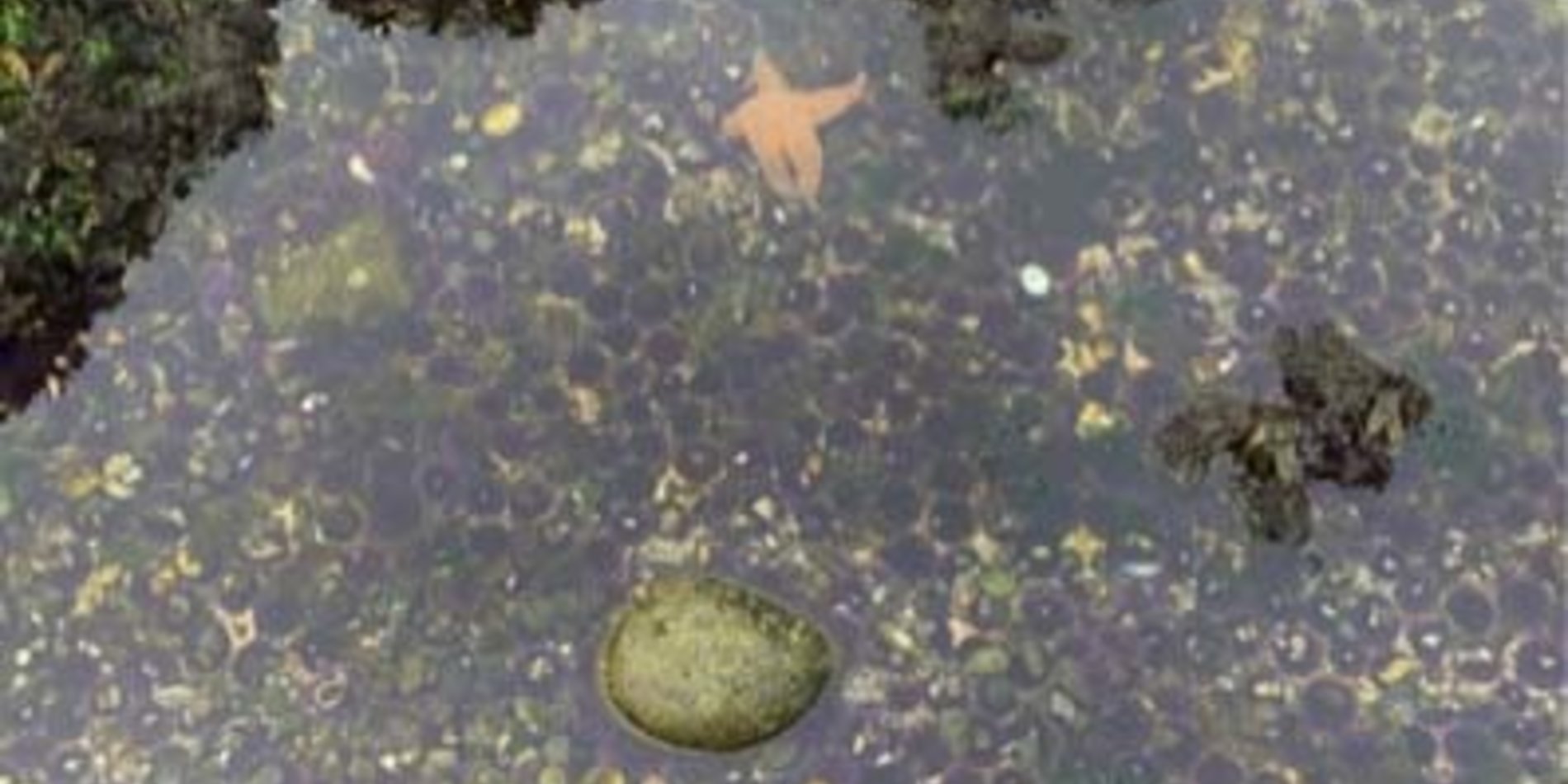A new hypothesis for the deep-marine origin of Ediacaran organisms

Graduate student Tom Boag, in collaboration with lab members Richard Stockey and Erik Sperling and colleagues at Yale University, has published a new paper proposing an ecophysiological basis for the deep-marine origin of Ediacaran organisms. Paleontologists have long questioned why these organisms appeared when and where they did: in the deep ocean, where light and food are scarce, in a time when oxygen in Earth's atmosphere was in particularly short supply. By using first principles of gas exchange and new respirometry data from sea anemones, Boag proposed that stable temperatures in the ocean's depths allowed these new life forms to make the best use of limited oxygen supplies.
The paper can be accessed here:
https://rsj-prod.literatumonline.com/doi/10.1098/rspb.2018.1724
A Stanford Earth article on the paper can be found here:
https://earth.stanford.edu/news/why-deep-oceans-gave-life-first-big-complex-organisms



